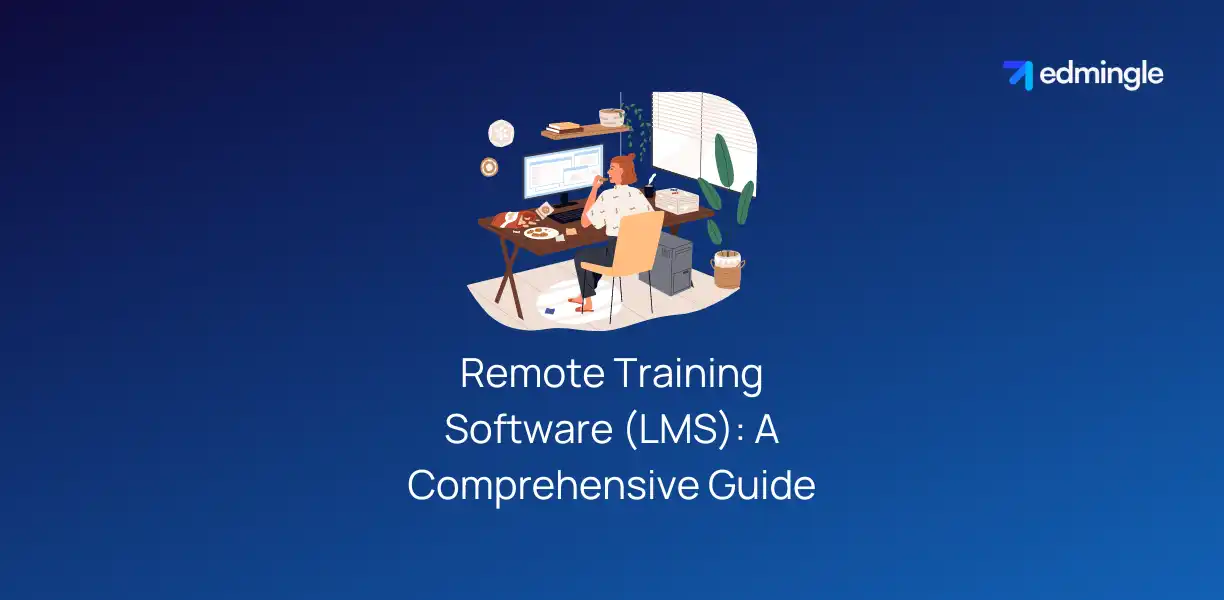
Remote training delivers educational content or programs to learners who are not physically present in a traditional classroom. A remote training software helps deliver & manage these training programs in a virtual environment. It helps upskill remote teams within a flexible & scalable digital framework.
Eliminating geographical barriers to facilitate seamless learning. It fosters adaptability & continuous learning, making an LMS for remote training, a crucial tool.
It’s often confused with distance learning, which emphasizes on theoretical knowledge & academic credentials over a longer period.
In this blog, we’ll explore the 8 best remote training LMS platforms. Along with their use cases, benefits & a quick guide to selecting the right one for you.
Use Cases of a Remote Learning Software (LMS)
- Enterprise Employee Training
- Soft Skill Development (Explore the best soft skill training topics to master)
- Compliance Training
- Blended Learning
- Healthcare Training
- Government & Non-Profit Organizations
- Customer Training
- Partner Training
- IT and Coding
- Hospitality Training
Explore more about LMS for coding and best LMS for IT industry.
Key Benefits of an LMS for Remote Training
- Accommodates diverse schedules & learning paces
- Enhances accessibility & flexibility of learning
- Offers scalability & cost-efficiency
- Eliminates the need for physical locations & printed materials
- Reduces administration overheads & operational expenses
- Lowers an organisation’s carbon footprint
Explore more about LMSs for online teaching of courses/programs.
8 Best Remote Training Software (LMS) in 2025
Now we know the basics of remote training tools more clearly. It’s time to uncover the 8 best remote training solutions in 2025.
1.Edmingle
What if we told you one platform brings all the benefits listed above, incredible right? Offering a comprehensive AI-powered training management suite. Edmingle offers robust features & flawless integrations.
It’s the one-stop solution for all your remote training programs. Standing out for it’s user-friendly interface, it’s other highlight offerings are:
- Robust SaaS LMS with mobile app branded under your own developer account (both Android & iOS)
- Best-in class AI-powered LMS platform offering AI-driven analytics & sentiment analysis on feedback forms
- Multi-tenancy platform for seamless management of multiple batches & branches
- SCORM compliant platform for ease of training material creation, use & delivery
To better explore its capabilities & alignment with your needs, we suggest you to:
2.Zoho Learn
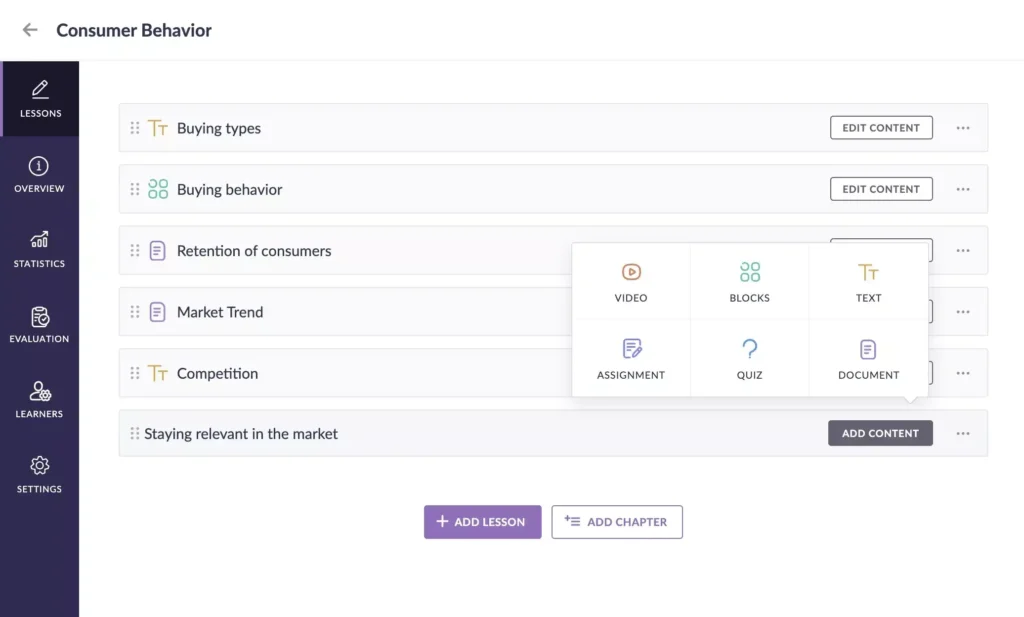
Zoho Learn integrates seamlessly with the Zoho ecosystem. Providing a unified platform for training management. It’s a suitable choice for a wide range of industries.
3.BenchPrep
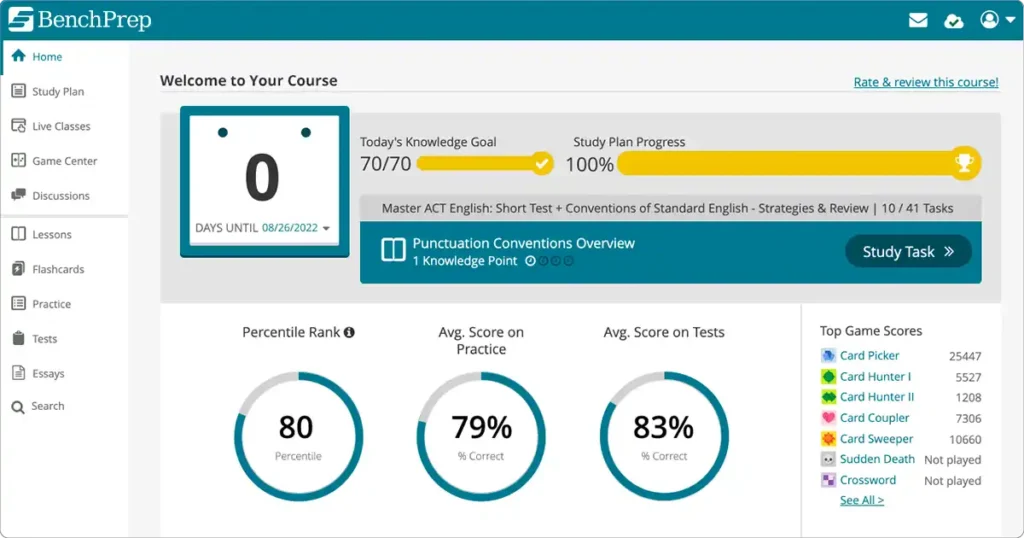
BenchPrep excels in providing personalized learning experiences. It’s particularly effective for standardized test preparation and professional certification programs.
Explore the list of best training solutions for employees.
4.PowerSchool

PowerSchool is known for its extensive capabilities in K-12 & higher education. It offers a comprehensive suite of tools for curriculum management, student assessment & administrative tasks.
5.Lambda Solutions
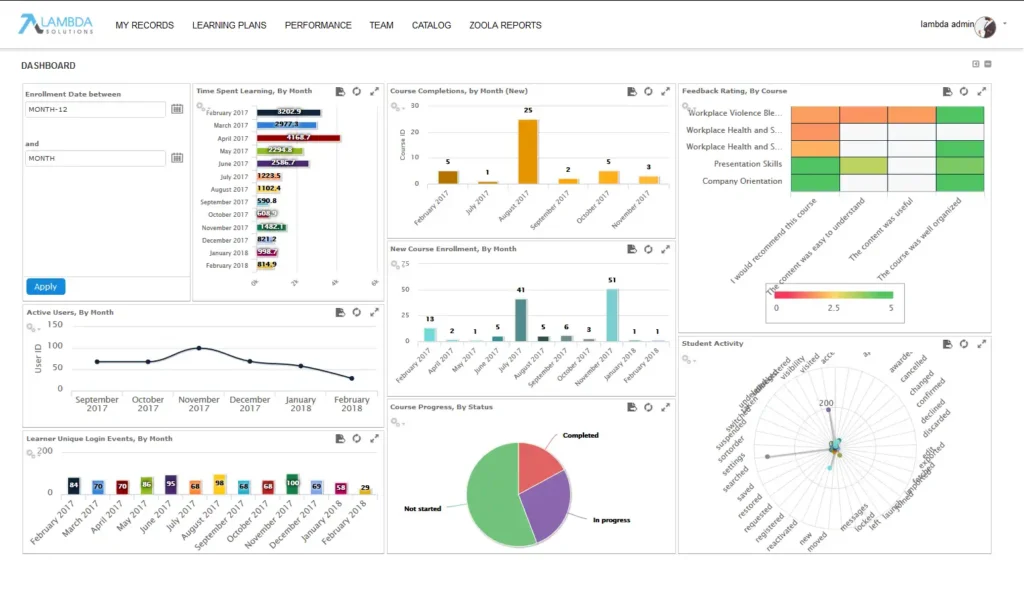
Lambda Solutions is an open-source LMS that leverages the power of Moodle & Totara. It offers extensive customization options & powerful analytics.
6.KREDO
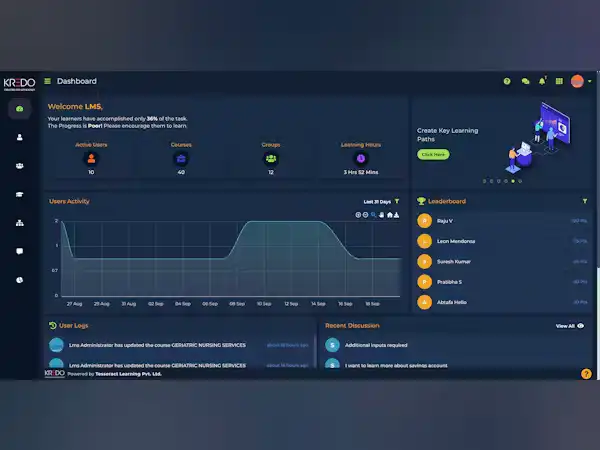
KREDO offers robust content creation tools with interactive elements. It supports gamification, social learning & mobile access to ensure an engaging learning experience.
Explore the best online teaching platforms of 2025.
7.Academy of Mine

Academy of Mine features customizable course creation & e-commerce capabilities. With comprehensive reporting tools, it provides a seamless learning experience.
8.MapleLMS
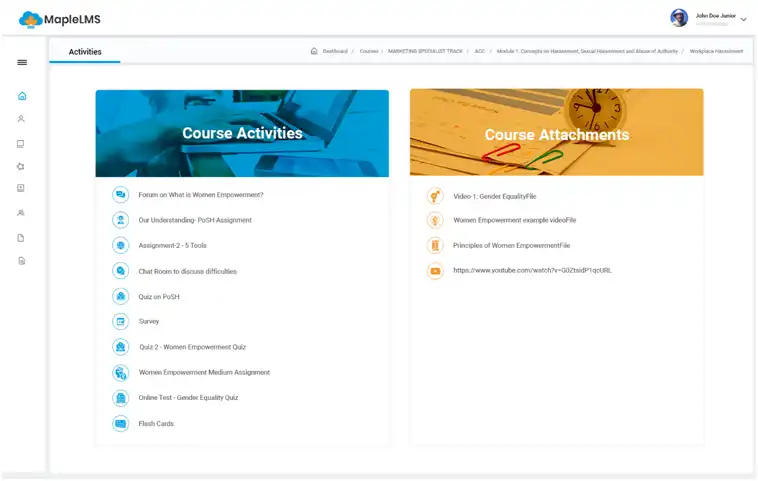
MapleLMS offers advanced learning analytics. With robust assessment tools & seamless integration with other systems.
In a way, there’s an LMS out there that aligns with your needs. All you need to do is get an LMS demo or free trial, decide on its pricing and check what suits you the best.
Selecting the Right Remote Learning Software
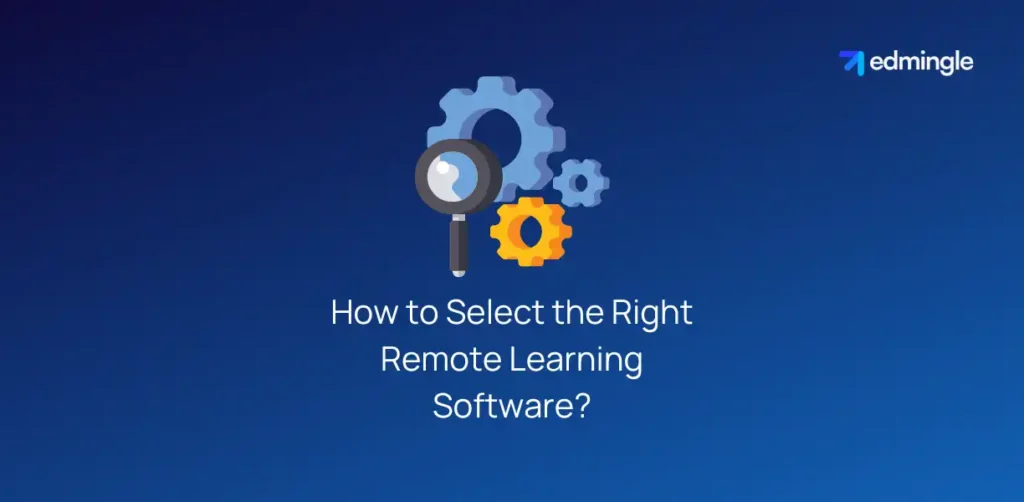
Selecting the right LMS involves evaluating certain key factors. For your ease, we’ve listed them below:
- Identify your specific needs & training goals
- Look for an LMS with a user-friendly interface supporting multiple learning modes
- Ensure it integrates well with your existing systems
- Consider its scalability to accommodate future growth & additional users
- Finally, assess the vendor’s customer support & training resources
With these in check, you’ll be able to choose the right LMS for remote training. One that not only transcends geographical boundaries but also brings in your desired ROI.
Also read about the best LMS for virtual classes.
Summary
Finding the best remote training software (LMS) can significantly impact your organization’s ability. Whether for remote employee training or managing virtual learning environments efficiently.
And this is what this blog aims to help you with. The 8 platforms offer unique strengths suited for different industries & learning needs.
From Edmingle, Zoho Learn, BenchPrep & PowerSchool to Lambda Solutions, KREDO, Academy of Mine & MapleLMS.
You can select the LMS that best aligns with your training goals. By considering factors like scalability, integrations & user-friendly features.
FAQs on Remote Training Solutions
1.How can an LMS enhance learner engagement in remote training?
Through interactive features like gamification, quizzes, discussion forums & multimedia content.
2.Can an LMS support multiple languages and localization?
Yes, many modern LMS platforms support multiple languages & localization. Allowing organizations to provide seamless training to a vast audience.
3.How does an LMS ensure data security and privacy for remote learners?
Through modern LMS security features like robust encryption & secure access controls. Along with compliance on data protection regulations like GDPR. Regular security updates & audits further protect sensitive learner information.




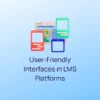

Leave a Reply